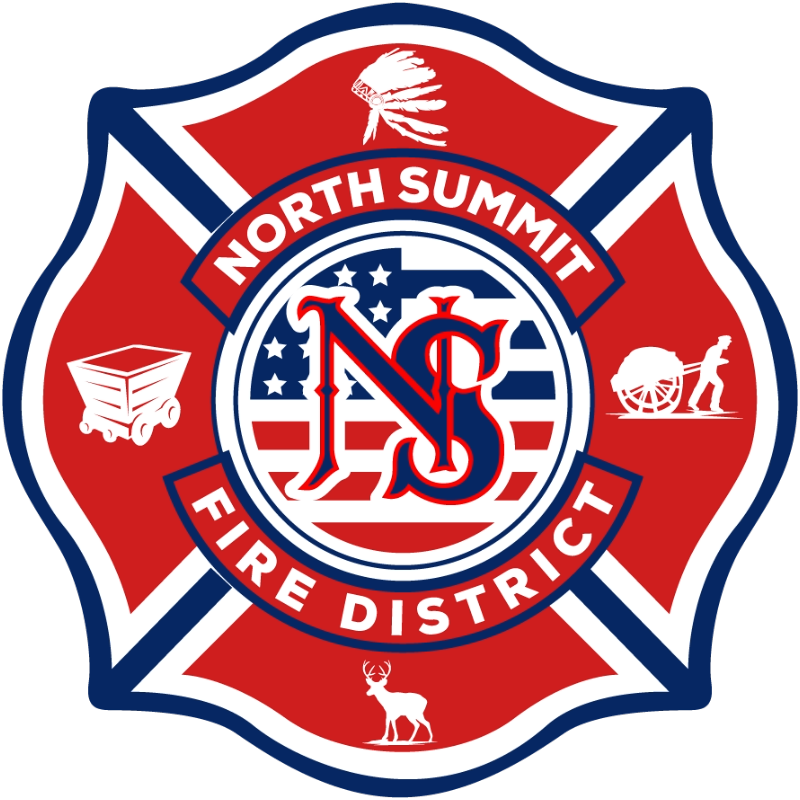Moderate Wildfire Danger

When wildfire danger is moderate, it indicates that fire can start and spread, but it’s typically easier to control compared to high or extreme conditions. Here’s a breakdown of what moderate wildfire danger means and tips to avoid contributing to wildfire risk:
Understanding Moderate Wildfire Danger
Characteristics of Moderate Danger:
- Fires can start from most accidental causes.
- If started, fires are likely to burn at a moderate rate and may spread slowly.
- Fire intensity may be moderate, making control easier under normal circumstances.
- Fine fuels like dry grass and leaves are more likely to ignite.
Weather Influences:
- Moderate temperatures and relative humidity.
- Light to moderate winds may influence fire behavior.
- Seasonal conditions such as early spring or late fall can lead to moderate danger.
Tips to Avoid Contributing to Wildfire Risk
At Home and Property:
- Maintain Defensible Space: Clear flammable vegetation and materials around your home.
- Create a 30-foot zone of fire-resistant landscaping.
- Remove dead plants, dry leaves, and pine needles from your yard, roof, and gutters.
- Store Firewood Safely: Keep firewood at least 30 feet away from structures.
- Use Fire-Resistant Materials: Build or retrofit with fire-resistant roofing, siding, and decks.
During Outdoor Activities:
- Be Careful with Campfires:
- Keep campfires small and contained.
- Always have a bucket of water or a shovel nearby to extinguish the fire.
- Ensure the fire is completely out before leaving.
- Proper Disposal of Smoking Materials: Use ashtrays or place cigarette butts in a proper receptacle. Never throw them on the ground.
- Use Spark Arresters: Equip chainsaws, generators, and off-road vehicles with spark arresters.
Safe Burning Practices:
- Check Local Regulations: Verify if burning is allowed and obtain necessary permits.
- Burn in Safe Conditions: Only burn when conditions are safe (e.g., low wind, high humidity).
- Create a Clear Perimeter: Ensure there’s a firebreak around the burning area, free of flammable materials.
Vehicle Safety:
- Avoid Parking on Dry Grass: Hot exhaust systems can ignite dry vegetation.
- Carry Fire-Suppressing Tools: Keep a shovel, bucket, or fire extinguisher in your vehicle.
Fireworks and Equipment Use:
- Use Fireworks in Controlled Areas: Only use fireworks where they are legally permitted and in areas devoid of flammable vegetation.
- Operate Equipment Safely: Avoid using equipment that generates sparks or heat in dry areas.
Emergency Preparedness
Develop a Plan:
- Evacuation Routes: Know multiple ways out of your area.
- Emergency Kit: Prepare a kit with essential items (water, food, medication, etc.).
- Stay Informed: Monitor local news, weather updates, and fire danger levels.
Educate Yourself and Others:
- Wildfire Education: Understand fire behavior and spread patterns.
- Community Involvement: Participate in community wildfire preparedness programs.
Resources and Further Reading:
- National Interagency Fire Center: Fire Danger Rating
- Ready, Set, Go! Program: Wildfire Action Plan
- Smokey Bear’s Tips: Prevent Wildfires
By following these guidelines and staying aware of the fire danger levels, you can help minimize the risk of wildfires and protect your property and community.
